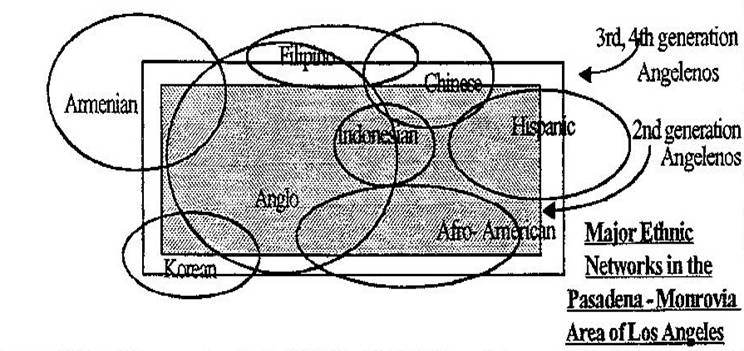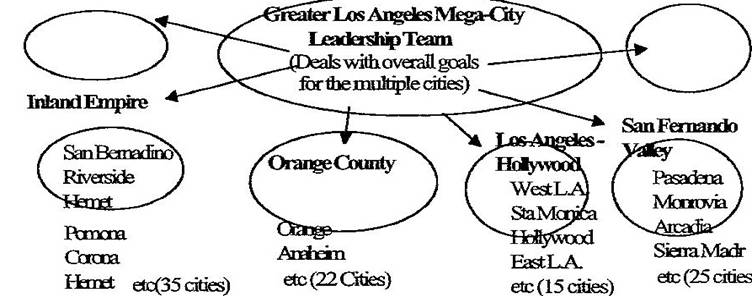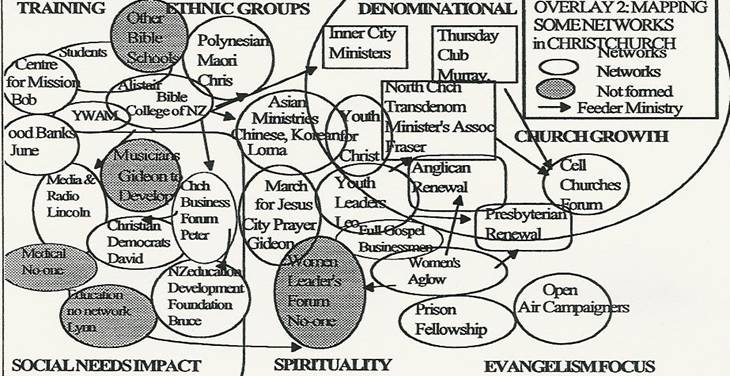
Urban Leadership Foundation
A hub for leadership training in cities and among the world's 1.4 billion slum-dwellers



© Viv Grigg
and the Encarnação Alliance Training Commission
For problems or questions regarding this web contact
web@urbanleaders.org
Last updated: 05/15/09.